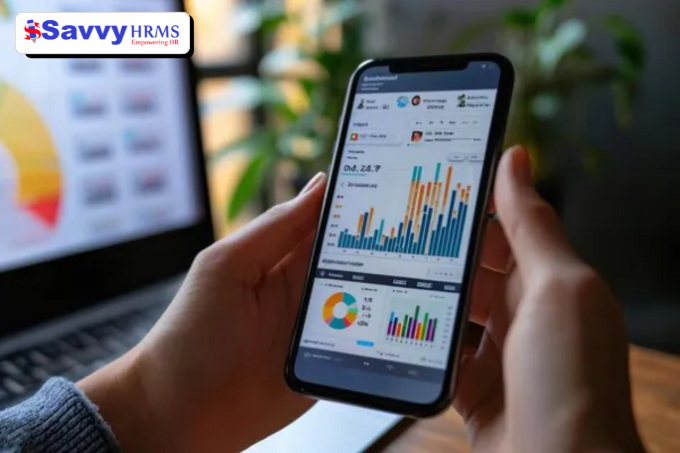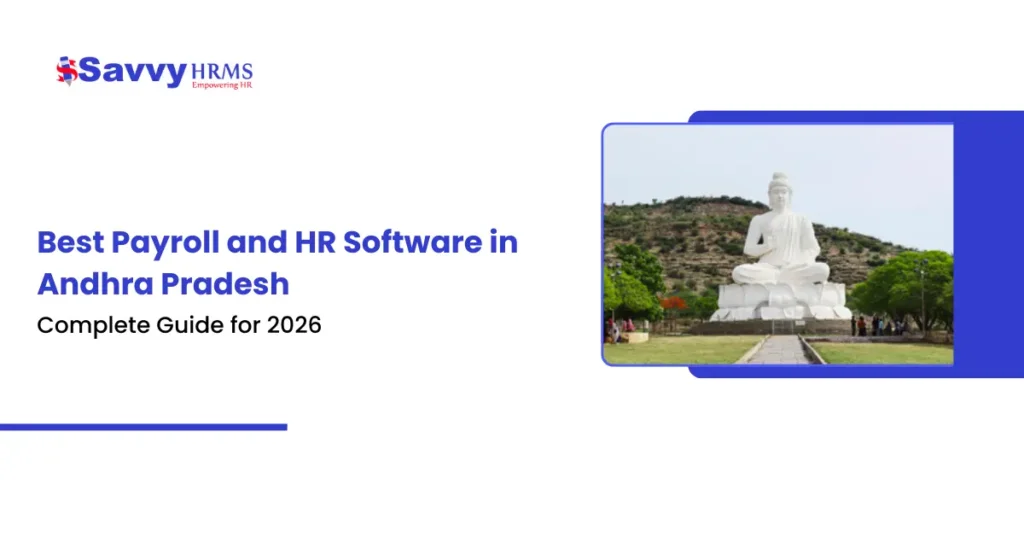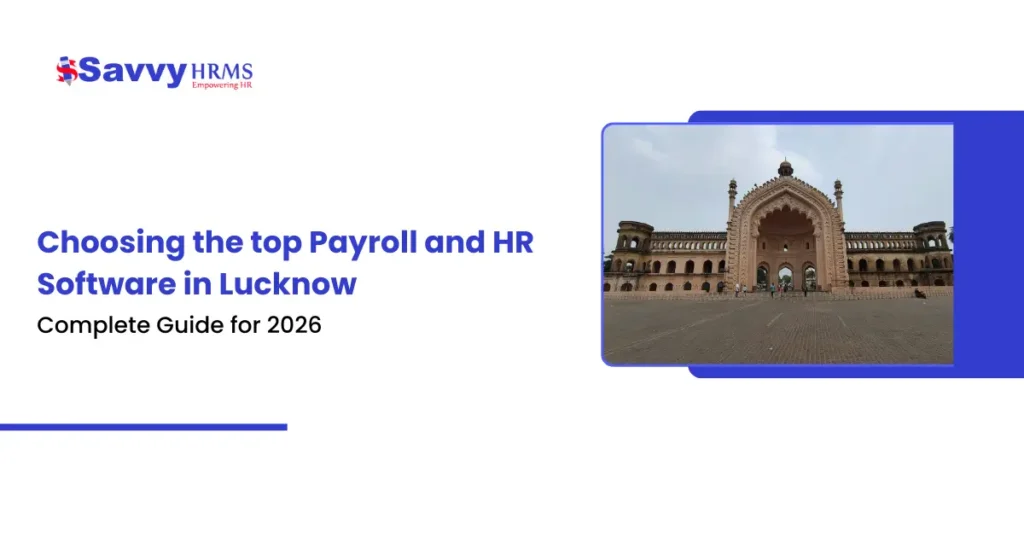Employee turnover can be a huge problem for companies. When people leave, it costs time, money, and can hurt team morale. But what if you could predict who might leave before they actually do? That’s exactly what predictive analytics in Human Resource Management System (HRMS) can help you do.
This article will explain what predictive analytics is, how it works in HR, and how it can help lower turnover by as much as 20%. You’ll also find practical advice on how your company can start using it today.
What Is Predictive Analytics in HR?
Predictive analytics uses past employee data along with smart technology like artificial intelligence and machine learning. It looks for patterns to figure out which employees might be unhappy or thinking about quitting.
It checks things like:
- How engaged employees are
- How often they miss work
- Their job performance
- If they take part in training programs
By putting all this information together, the system shows you which team members might be at risk.
Why Does Employee Turnover Cost So Much?
Losing employees isn’t just about hiring a new person. It costs companies a lot in recruitment fees, training time, and lost productivity. On average, replacing an employee can cost six to nine months of their salary.
With predictive analytics, HR teams don’t have to wait until someone leaves. They get a heads-up and can act quickly to keep those valuable employees. This saves money and keeps the team strong.
What Does Predictive Analytics Track?
Predictive analytics in HR Software looks at some key employee data to figure out who might be thinking about leaving. This helps HR teams spot problems early and take action before it’s too late.
Here’s what it usually tracks:
1. Engagement Level:
Employees who feel ignored or unimportant are more likely to quit. Tracking surveys and communication patterns help flag these signs.
2. Absenteeism
If someone frequently misses work without a clear reason, it could be a red flag for stress or unhappiness.
3. Performance
A sudden drop in the quality or amount of work often means motivation is dipping.
4. Training and Development
People who don’t get chances to learn or grow usually start looking elsewhere.
5. Compensation
Fair and competitive pay is a huge factor in keeping employees happy. Analytics pick up on pay gaps or unfair treatment that might push people away.
By watching these signals, HR gets a much better picture of how employees feel and where problems might be hiding. That way, they can customize programs like coaching, recognition, or career development to keep people from leaving.
This approach is backed by research published on ResearchGate. It shows that companies using predictive analytics in these ways can improve employee retention and engagement because they can anticipate risks and act before it’s too late. You can check the study here: Predictive Analytics in Employee Retention and Engagement Strategies
How Does Predictive Analytics Help HR?
If you’re new to predictive analytics, you can start building your approach by following these steps:
1. Collect Clean, Accurate Data
Make sure all employee information from engagement surveys to attendance records and performance reviews is current and accurate. The more reliable your data, the better your predictions.
2. Focus on Key Metrics
Begin by tracking metrics most linked to turnover such as employee engagement, absenteeism, performance, training participation, and compensation fairness.
3. Pick the Right HR Management System
Choose an HRMS platform that includes predictive analytics tools. For example, Savvy HRMS offers built-in capabilities to analyze workforce data and generate actionable insights.
4. Train Your HR Team
Ensure your HR professionals understand how to read and trust analytics reports. Their experience combined with data insights leads to better decision-making.
5. Take Action Based on Insights
Use the analytics to improve employee recognition programs, provide growth opportunities, offer flexible working options, and adjust compensation policies. Early interventions can convert at-risk employees into loyal contributors.
Following these steps will help you make predictive analytics a practical part of your HR strategy and reduce costly turnover.
Success Stories From Real Companies
Many businesses have seen big results using predictive analytics. One retailer spotted signs of employee burnout early. They offered support and training and saw turnover drop by 25% in one year.
Big companies like Microsoft and IBM have also cut their turnover by 17% to 30% using predictive data.
Why Should Your Company Use Predictive Analytics?
Workers today want to feel valued and have growth opportunities. Predictive analytics helps you offer that.
Here’s why it’s a smart investment:
- Save money by reducing costly turnover
- Keep your best people by spotting problems early
- Use data, not guesswork, to manage your workforce
- Improve employee morale and loyalty
Even small companies can use affordable HR tools with predictive analytics to get these benefits.
How to Get Started With Predictive Analytics
Starting is simple:
- Collect good, clean data: Make sure your employee information is accurate and up to date.
- Focus on the right metrics: Watch engagement, absences, performance, learning, and pay.
- Choose a solid HR Management Software: Use a platform like Savvy HRMS with built-in predictive features.
- Train your HR team: Help them understand and trust the data.
- Take action: Use the insights to improve recognition, training, and flexible work policies.
Final Thoughts
Predictive analytics in Human Resources Management System (HRMS) is not just a buzzword. It’s a valuable tool that helps you keep your best employees and build a stronger company. Using data to understand your workforce can save you money and create a happier workplace.
If you want to reduce turnover and improve employee satisfaction, now is the time to start using predictive analytics. Choose the right system, focus on data quality, and watch your team grow stronger.



